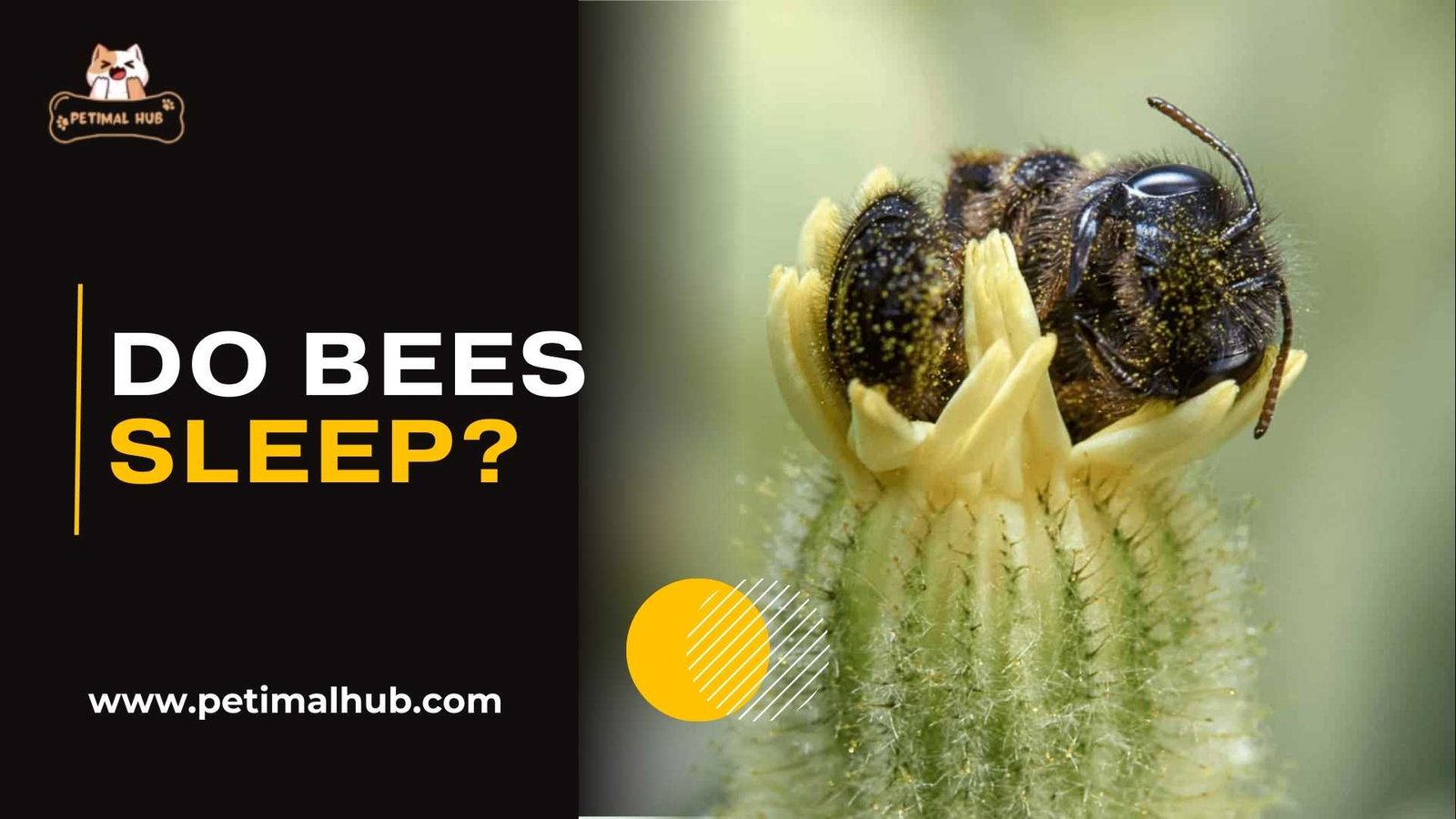
- Bee, Blog
Do Bees Sleep?
- January 20, 2025
Do Bees Sleep? This question often intrigues those who marvel at the industrious nature of bees. While bees are famous for their relentless activity, they do, in fact, rest. Bee sleep plays a vital role in maintaining their health and efficiency. Much like humans, bees follow a circadian rhythm, ensuring they get the necessary rest to perform their daily tasks. Research on bee sleep patterns reveals fascinating behaviors, such as periods of stillness and reduced activity, which help them conserve energy.
Table of Contents
ToggleSo, do bees sleep? Yes, they do! Bees experience a state of rest where their bodies become still, their antennae stop moving, and they lower their metabolic activity. This allows them to recover from the physical demands of foraging and maintaining the hive. Each bee caste worker bees, drone bees, and even the queen bee has unique sleep habits, essential for the hive’s overall productivity and survival.
Do Bees Actually Sleep?
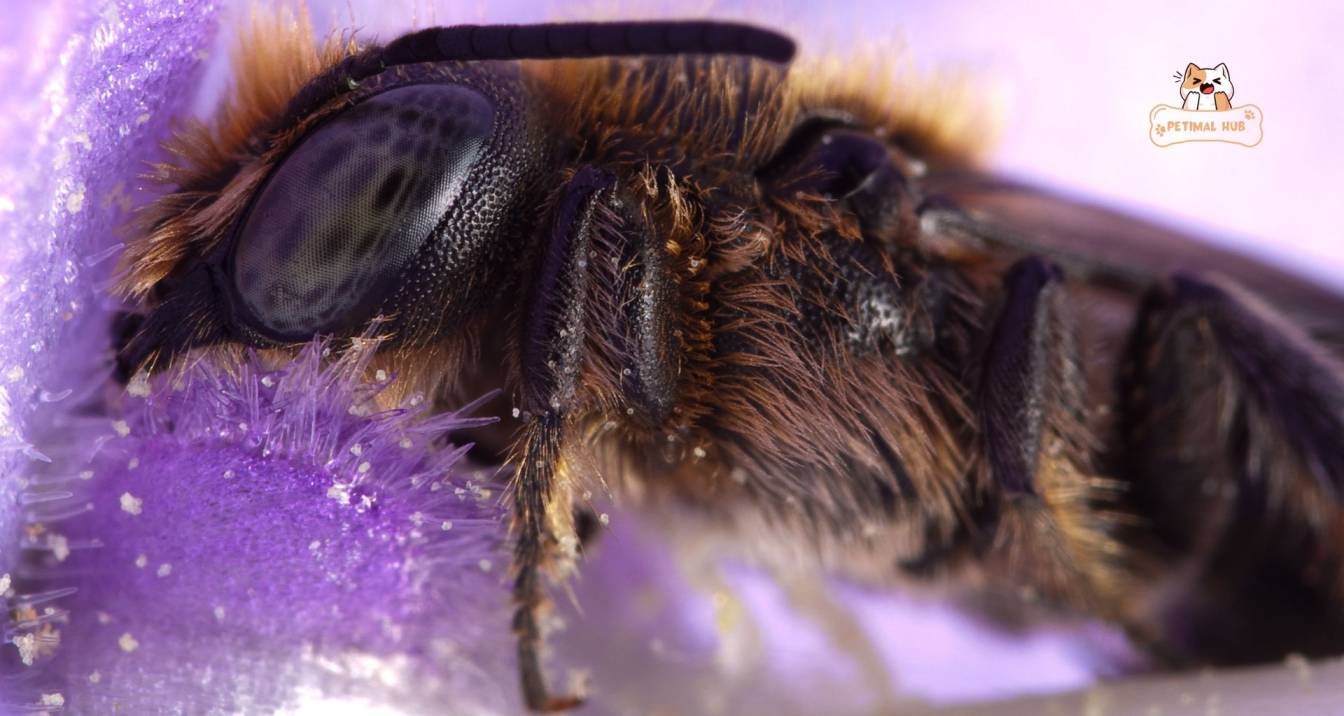
Yes, bees do sleep! Unlike their constant buzzing and activity might suggest, bees experience periods of rest that are essential for their survival. During bee sleep, they enter a state of stillness where their bodies relax, antennae cease movement, and metabolic activity slows down. This state helps them recover from the physical demands of their daily tasks.
Research into honeybee rest has revealed that bees follow a natural circadian rhythm, resting primarily at night. Worker bees, for example, alternate between foraging and sleeping, while younger nurse bees have shorter, more fragmented sleep cycles. Interestingly, even queen bees take breaks, though their rest periods are shorter to accommodate their egg-laying responsibilities.
Understanding bee sleep patterns helps us appreciate how these industrious creatures balance work and rest, ensuring the hive remains productive and healthy. Sleep isn’t just vital for individual bees, it’s crucial for the overall success of their colony.
Circadian Rhythms of Bees
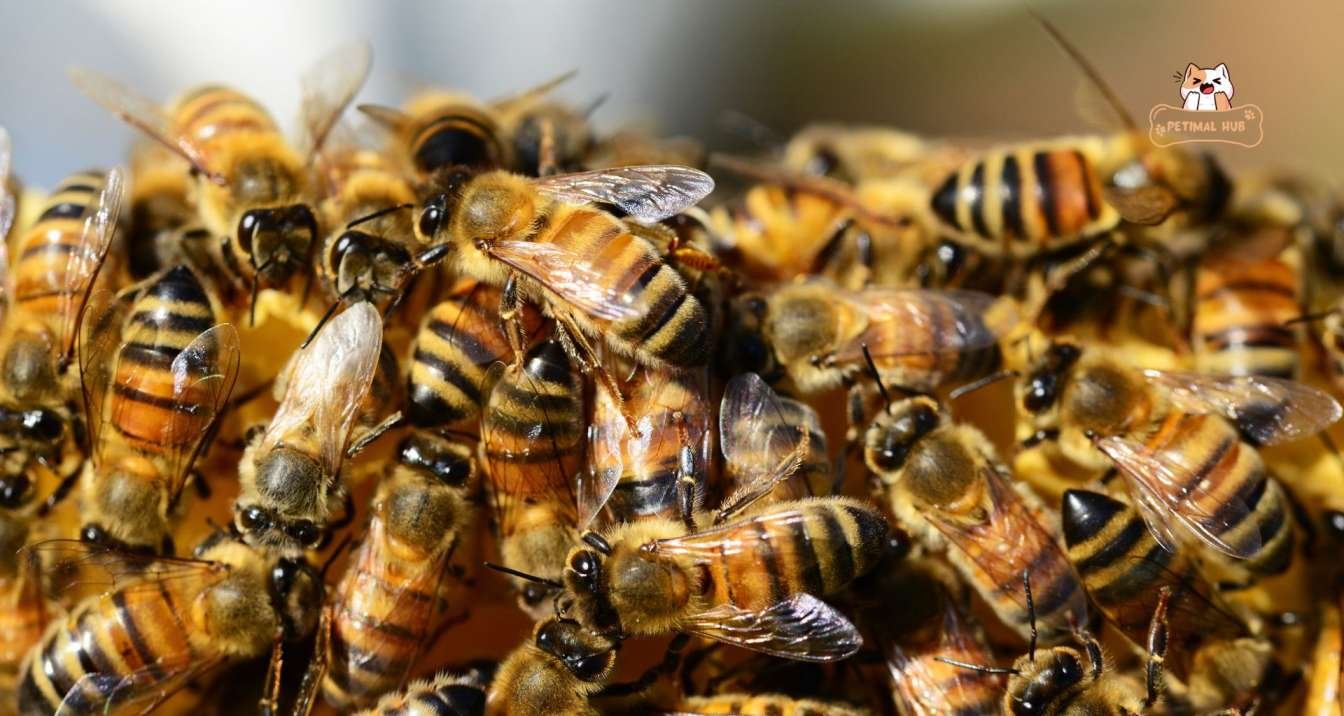
Bees have a natural circadian rhythm that regulates their daily activities, including periods of work and bee sleep. This internal clock helps them align their behavior with environmental cues like daylight and temperature, ensuring they remain efficient and productive.
What Are Circadian Rhythms?
Circadian rhythms are natural internal processes that regulate the sleep-wake cycle in living organisms, including bees. These rhythms help bees balance periods of activity and bee sleep, ensuring they perform their tasks effectively while conserving energy.
How Bees Follow Circadian Rhythms
Bees are most active during daylight hours, foraging for nectar and pollen, maintaining the hive, and performing the famous waggle dance to communicate. As night falls, their activity decreases, and they prepare for rest. Their circadian rhythm is finely tuned to environmental cues such as light and temperature, enabling them to adapt to seasonal changes.
The Importance of Circadian Rhythms in Bee Sleep
Forager bees rely on their honeybee rest periods to enhance memory and navigation. Sufficient sleep allows them to remember the locations of food sources and effectively communicate these to their hive mates. Without adequate rest, their ability to perform these tasks is compromised, affecting the hive’s productivity.
Disruptions to Bee Sleep
Modern threats, such as artificial light and pesticide exposure, can disrupt the circadian rhythms of bees. This leads to irregular bee sleep patterns, reduced efficiency in foraging, and potential harm to the overall health of the colony.
Why Protecting Bee Sleep Matters
Understanding and preserving the circadian rhythms of bees is vital for their survival. By protecting their natural environments and reducing disruptions, we can ensure bees continue to thrive and play their crucial role in pollination.
Also, Read More: How Much Does a Bee Weigh?
The Importance of Sleep for Bees
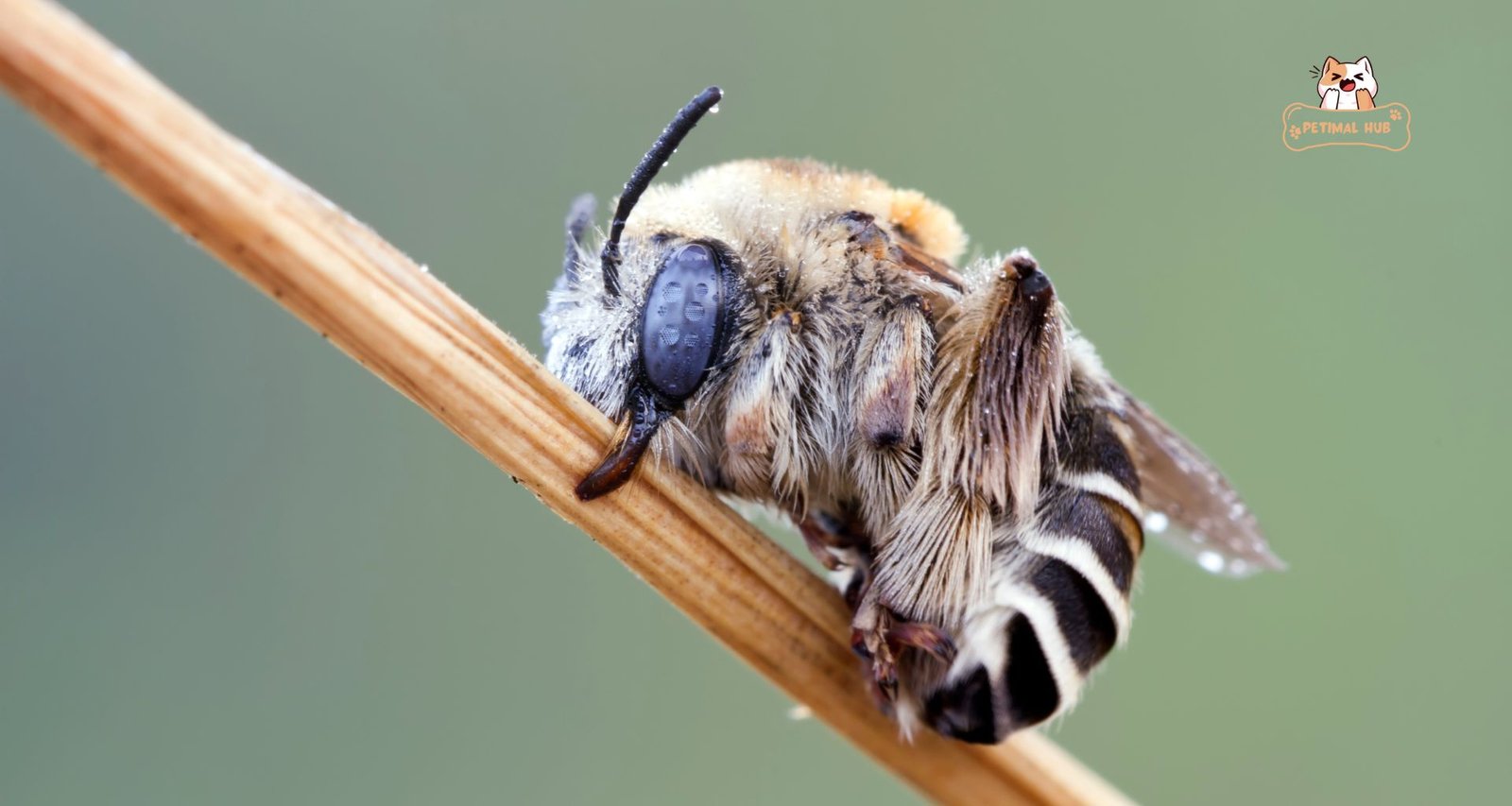
Sleep plays a crucial role in the health and productivity of bees. Just like in humans, bee sleep helps restore energy and maintain proper bodily functions, ensuring they can carry out their daily tasks effectively.
Energy Conservation and Restoration
During bee sleep, bees conserve energy, which is essential for sustaining their constant activity throughout the day. This is especially important for worker bees and foragers, who expend considerable energy collecting nectar and pollen. Adequate rest ensures that they have the stamina needed for these demanding tasks.
Memory and Learning
Honeybee rest is also vital for memory consolidation and learning. Bees use sleep to process information, such as the location of flowers and the hive. This improves their ability to navigate and communicate with other members of the colony, which is crucial for the hive’s success. For instance, forager bees rely on their sleep to remember the locations of food sources and return efficiently.
Hive Maintenance
Bees that don’t get enough sleep may struggle to perform basic hive maintenance tasks, such as cleaning and brood care. This can lead to weakened colonies. Ensuring all bees, including queen bees, get enough rest is essential for the overall health of the hive and the survival of the colony.
Also, Read More: What Colors Do Bees Hate?
Factors Affecting Bee Sleep
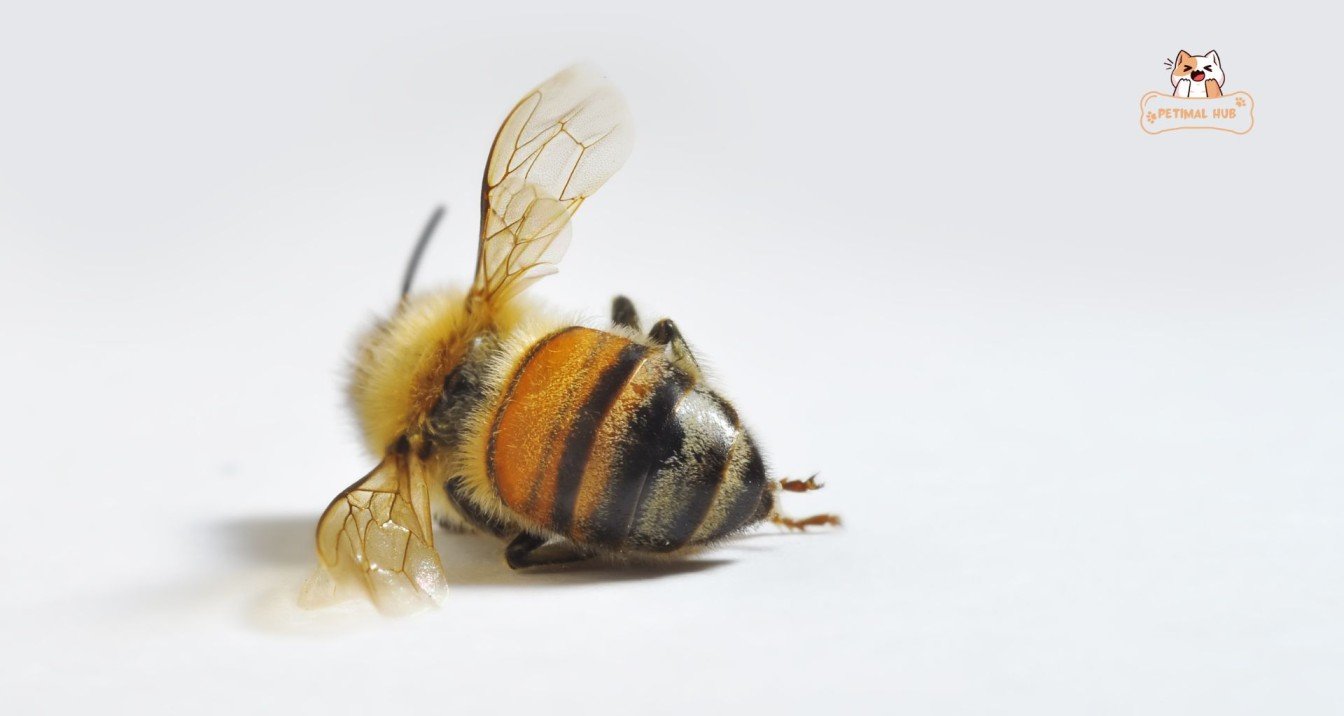
Several environmental and biological factors can influence bee sleep and disrupt their natural rest patterns. Understanding these factors is essential for protecting bees and ensuring their well-being.
Environmental Factors
- Light: Bees rely on natural light cues to regulate their circadian rhythms. Exposure to artificial light, such as street lamps or indoor lighting, can confuse bees and disturb their sleep cycles, leading to increased stress and reduced hive productivity.
- Temperature: Extreme temperatures, either too hot or too cold, can affect a bee’s ability to rest. Cold temperatures may make it difficult for bees to move, while excessive heat can cause dehydration and restlessness, disrupting their sleep.
- Noise: Loud sounds or vibrations, such as those from nearby machinery or human activity, can disturb bees’ sleep. High noise levels can lead to stress and interfere with their natural rhythms.
Pesticides and Chemicals
- Exposure to pesticides can severely disrupt bee sleep patterns. Chemicals like neonicotinoids affect the nervous system, impairing the bee’s ability to rest and perform essential tasks like foraging and hive maintenance.
- Chemical pollutants can also impact the bees’ circadian rhythms, causing long-term health issues and potentially leading to colony collapse.
Colony Health
- Sleep deprivation in bees is often linked to poor colony health. If bees are under stress due to lack of food, disease, or environmental threats, their sleep patterns may be affected, leading to reduced efficiency in foraging, reproduction, and hive maintenance.
- The queen bee’s sleep habits are also crucial; if she does not get sufficient rest, it can affect her egg-laying capacity, which impacts the overall productivity and survival of the hive.
Conclusion
Bees do sleep, and rest is essential for their energy, memory, and productivity within the hive. Each bee caste, from the queen bee to worker bees and drones, follows unique sleep patterns that support the colony’s survival and efficiency. Sleep helps bees perform crucial tasks like foraging, communication, and hive maintenance.
However, factors like artificial light, temperature, and pesticides can disrupt their sleep, impacting their well-being. Understanding the importance of bee sleep and protecting their natural rhythms is vital for preserving bee populations and ensuring their critical role in pollination.
FAQs
A sleeping bee remains still, with its antennae resting and minimal movement. It also exhibits reduced metabolic activity.
Bees sleep for varying lengths: worker bees rest for about 6-8 hours, while queen bees sleep for shorter periods due to egg-laying duties.
No, bees cannot close their eyes, as they lack eyelids. However, they rest their eyes during sleep periods.
Bees return to their hive at night, where they rest and sleep, conserving energy for the next day’s tasks.




